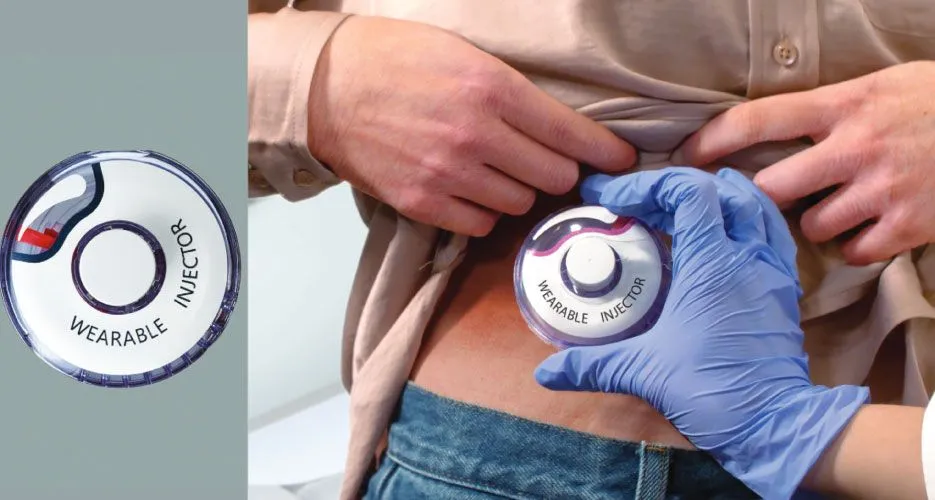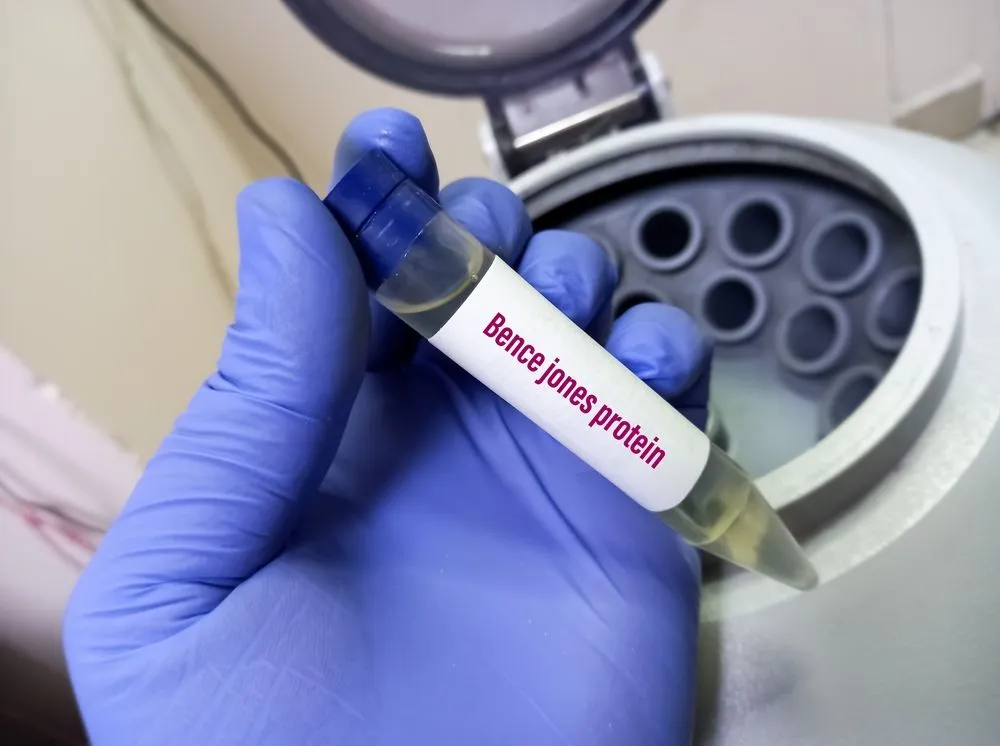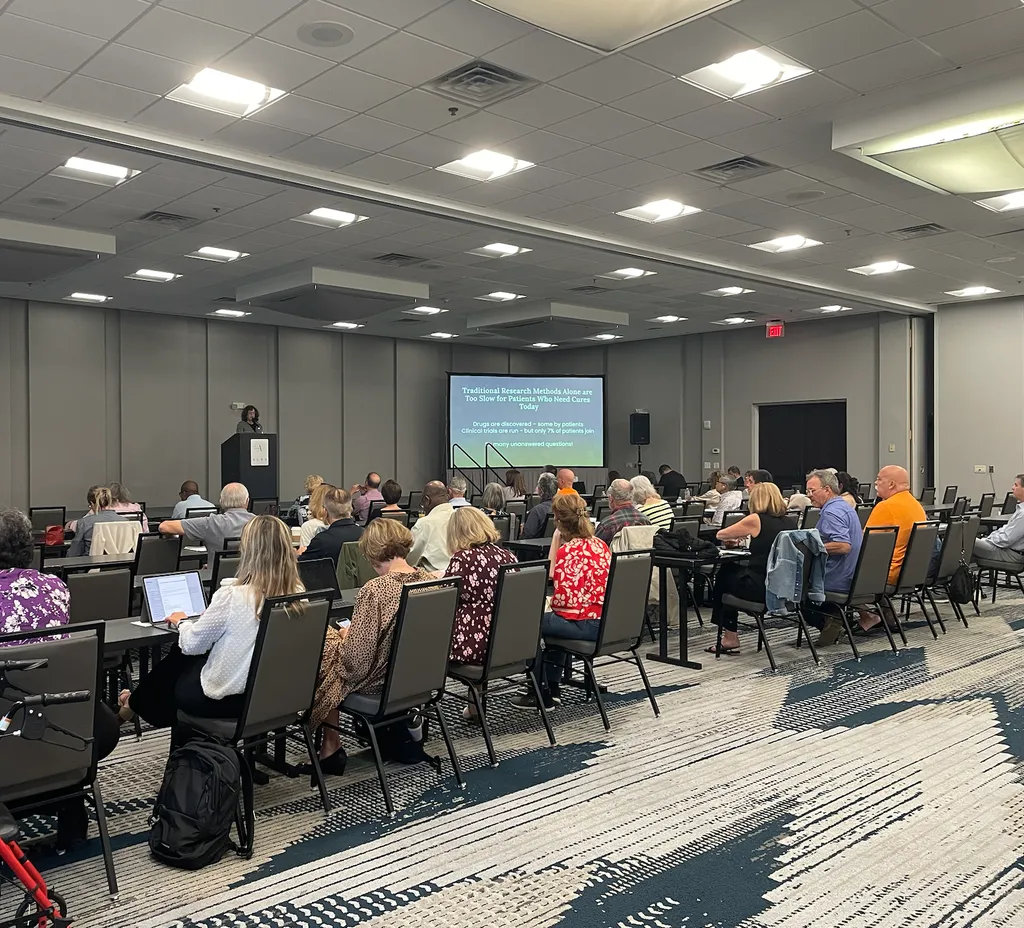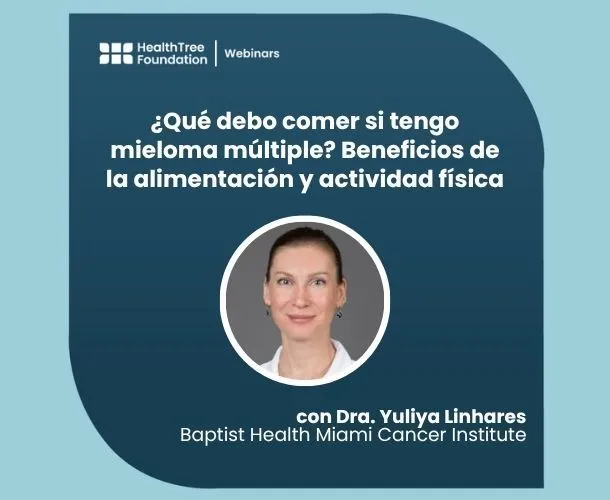Factors To Consider When Selecting A Myeloma Treatment Protocol

BY LIZZY SMITH When I was diagnosed with multiple myeloma, I selected a tandem stem cell transplant. Between my two transplants, I seriously reconsidered going forward with the second transplant. I was basically in remission, my hair was growing back, and I was so tired of treatment. The thought of being "done" was really enticing. So I got a second opinion, and then a third. At one of those visits, one of the doctors said, "One of the quickest ways to start an argument among oncologists is to ask how to treat myeloma and leave the room." Which brings me to the topic of today: How do oncologists make recommendations for treatment? There are countless options and, the more I research, the more I realize that it really depends on the patient, their overall health, the type of myeloma they have, risk factors, how aggressive the patient wants to be, and much more. Today, I came across an article in MedPage Today published almost a year ago: Patient Fitness Key to Myeloma Therapy Choice. Overall fitness will determine the patient's treatment. (Which is just one more reason everyone, cancer patient or not, should take the best care of themselves as possible.) Age is no longer the determining factor if one is eligible for a transplant, but overall health is. I have to say that when I was diagnosed, I was angry. I had taken very good care of myself physically. I ran several days a week, ate very healthy (mostly vegetarian), took my vitamins, and, well, I was extremely health conscious. And I got cancer? What the heck! Not fair, I thought, as I watched people downing hotdogs, potato chips, and beer. Smoking... I mentioned this to my doctor and nurses. But it did matter, one doctor told me emphatically. My overall health was one of the main reasons I made it through two transplants as well as I did. And my recovery was actually not so bad. Ok, so all that time running and avoiding bad foods counted. In the article mentioned above, Charles Bankhead writes:
...chronological age has become a secondary consideration in the evaluation of patients for autologous stem-cell transplantation and for high-intensity chemotherapy regimens. Older patients in otherwise good physical conditions might qualify for transplantation, whereas some younger patients with significant comorbidities might not. New drugs and regimens, stronger recommendations for certain regimens, and emphasis on maintenance therapy are among the changes in the update from the International Myeloma Working Group (IMWG), published online in the Journal of Clinical Oncology. "Considerable progress has occurred in myeloma since the last statement was published about 5 years ago," said guideline committee member Robert Z. Orlowski, MD, of the University of Texas MD Anderson Cancer Center in Houston. "The progress spans the entire spectrum of myeloma, and the IMWG tried to capture that in the update."
The bottom line is that there are many more drugs, combinations, and treatments available for myeloma patients than ever before, and many more promising options in the pipeline. Those with relapsed myeloma also have more options than ever.
BY LIZZY SMITH When I was diagnosed with multiple myeloma, I selected a tandem stem cell transplant. Between my two transplants, I seriously reconsidered going forward with the second transplant. I was basically in remission, my hair was growing back, and I was so tired of treatment. The thought of being "done" was really enticing. So I got a second opinion, and then a third. At one of those visits, one of the doctors said, "One of the quickest ways to start an argument among oncologists is to ask how to treat myeloma and leave the room." Which brings me to the topic of today: How do oncologists make recommendations for treatment? There are countless options and, the more I research, the more I realize that it really depends on the patient, their overall health, the type of myeloma they have, risk factors, how aggressive the patient wants to be, and much more. Today, I came across an article in MedPage Today published almost a year ago: Patient Fitness Key to Myeloma Therapy Choice. Overall fitness will determine the patient's treatment. (Which is just one more reason everyone, cancer patient or not, should take the best care of themselves as possible.) Age is no longer the determining factor if one is eligible for a transplant, but overall health is. I have to say that when I was diagnosed, I was angry. I had taken very good care of myself physically. I ran several days a week, ate very healthy (mostly vegetarian), took my vitamins, and, well, I was extremely health conscious. And I got cancer? What the heck! Not fair, I thought, as I watched people downing hotdogs, potato chips, and beer. Smoking... I mentioned this to my doctor and nurses. But it did matter, one doctor told me emphatically. My overall health was one of the main reasons I made it through two transplants as well as I did. And my recovery was actually not so bad. Ok, so all that time running and avoiding bad foods counted. In the article mentioned above, Charles Bankhead writes:
...chronological age has become a secondary consideration in the evaluation of patients for autologous stem-cell transplantation and for high-intensity chemotherapy regimens. Older patients in otherwise good physical conditions might qualify for transplantation, whereas some younger patients with significant comorbidities might not. New drugs and regimens, stronger recommendations for certain regimens, and emphasis on maintenance therapy are among the changes in the update from the International Myeloma Working Group (IMWG), published online in the Journal of Clinical Oncology. "Considerable progress has occurred in myeloma since the last statement was published about 5 years ago," said guideline committee member Robert Z. Orlowski, MD, of the University of Texas MD Anderson Cancer Center in Houston. "The progress spans the entire spectrum of myeloma, and the IMWG tried to capture that in the update."
The bottom line is that there are many more drugs, combinations, and treatments available for myeloma patients than ever before, and many more promising options in the pipeline. Those with relapsed myeloma also have more options than ever.

about the author
Lizzy Smith
Lizzy Smith was diagnosed with myeloma in 2012 at age 44. Within days, she left her job, ended her marriage, moved, and entered treatment. "To the extent I'm able, I want to prove that despite life's biggest challenges, it is possible to survive and come out stronger than ever," she says.
More on Treatment Advances
Trending Articles




Get the Latest Multiple Myeloma Updates, Delivered to You.
By subscribing to the HealthTree newsletter, you'll receive the latest research, treatment updates, and expert insights to help you navigate your health.











